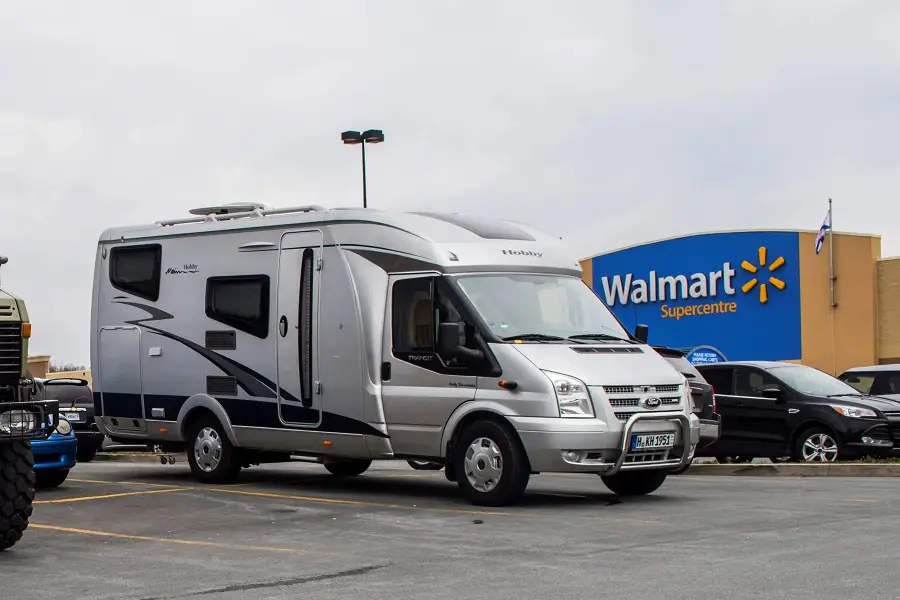We all enjoy camping, but the campsites that get left behind in ruins are not only tarnished for the next campers, but that all counts as environmental damage.
We’re already doing enough of that on a daily basis.
When you leave no trace when camping (and we mean really leaving it like it was never touched), you not only preserve the bounties of nature that you wish to enjoy, but you need to avoid fines and citations from parks and campgrounds as well.
Leaving behind a slightly ruined campsite can lead to hundreds (sometimes thousands, depending on how well the person filing the fine knows local law) of dollars in fines, which is just absurd.
Pile that onto the cost of your trip, and it gets a bit crazy. Let’s avoid all of that, and ease you into some peace of mind with these no-trace camping tips.
Create Smaller Campfires
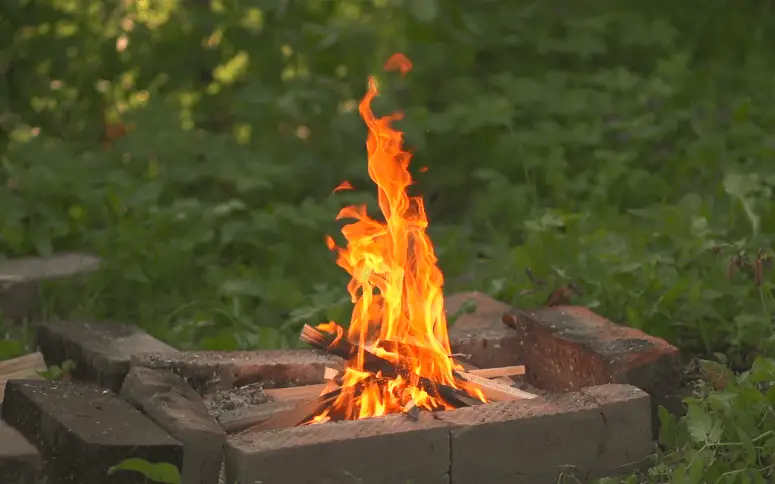
Smaller campfires leave behind relatively no trace.
In most scenarios, you can pack up your tent and belongings, drag away your backpack, and see a fairly clear campsite, except that pile of soot and ashes you left from the night before.
Campfires are difficult to clean up, we won’t argue that fact, but they still need to be taken care of.
You have to start smaller, and you’ll be left with less to clean up. What’s the one thing you always do when you finish up camping in the middle of the night?
You put the fire out before you go to bed, but what if you didn’t even have anything to put out? Smaller campfires obviously last for a lot less time, but that can actually benefit you immensely.
When you leave the campsite, there’s wet soot that stains the earth. Use your shovel to dig up a very thin layer of the dirt beneath your roasted tinder, and place that (along with the burned firewood remnants) into a bag that you can toss into a nearby garbage can, or put in the car and dispose of at home.
Some campsites will also have a way to dispose of used firewood in their main office, so be sure to check that out before you camp for the night.
Leave Everything 100% How You Found It
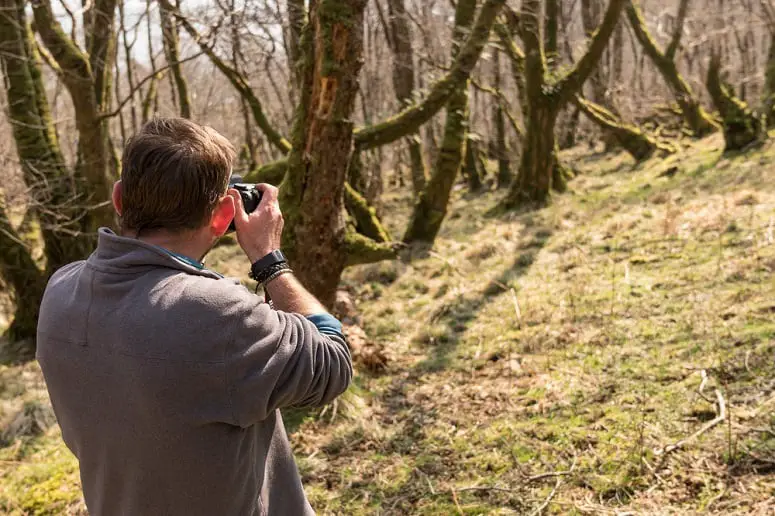
This is one of those things that sounds so obvious and basic, but don’t worry, we’re going to describe how to get it done.
The second you show up to your campsite, use your phone and take a photograph in broad daylight.
You’ll get a glimpse of where everything is, and what it should look like when you leave. After setting up a grill, tent, sleeping bags and other camping essentials, we tend to throw this little perfect patch of nature into disarray.
Bucket-style tent floors can create odd patches in the dirt, perhaps we moved brush around to make things more comfortable for us. Put it all back in its proper place.
One way to leave everything how you found it, is simply to not use a hammock while you’re camping. If you stake your hammock into the tree, you’re damaging it.
If you’re using a tight rope around it and putting more than 300 lbs of pressure in the hammock (you and a partner, perhaps), then it’s going to dig into the bark and damage it either way.
Move twigs and brush back to where you found it, and quite literally leave stones unturned (I know, when else are you going to hear that, right?). One other way to ensure you’re not leaving a trace
Bring Your Own Portable Waste Containers
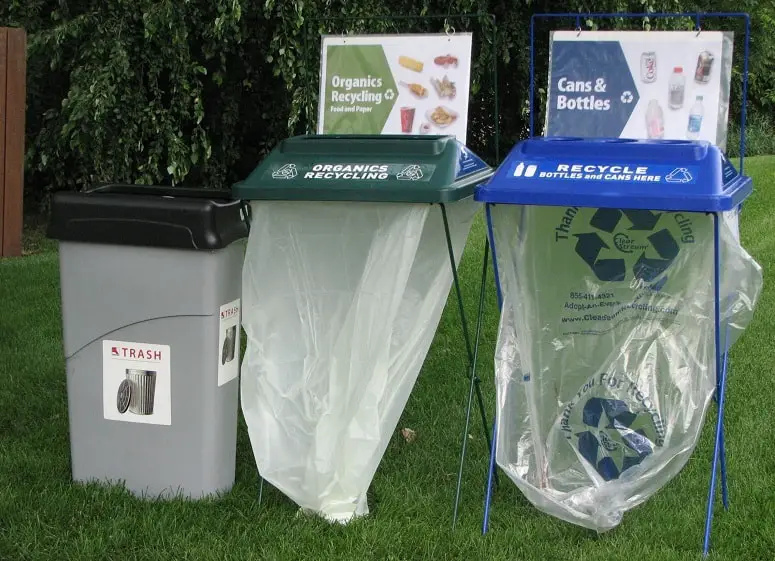
If you’ve ever had the thought of, “This isn’t going to make an impact,” or “Nobody will notice,” it’s quite the opposite.
Bring your own waste containers with you, and bring them back with you when you go.
While that waste is still going to end up in a landfill if you put it in your trash cans at home, it’s better than being dumped directly into a national park or a preserved area. On top of that, there’s the whole thing of avoiding fines and fees as well.
You can also do on-site dumping at designated areas, but in some places, that could mean increased fees. If you’re already paying for trash service at home, there’s no point in additional charges.
If you’re not crazy about lugging home three days worth of garbage with you, you’re not alone.
You can purchase large trunk-style plastic containers in the automotive section of most Walmarts, or your own 27-gallon trash bins, and seal those so you’re not whiffing that nasty stuff in the car ride home. Grab odor-sealed trash bags, or double wall them to prevent smells on the way home.
Use Eco-Friendly Materials When Available
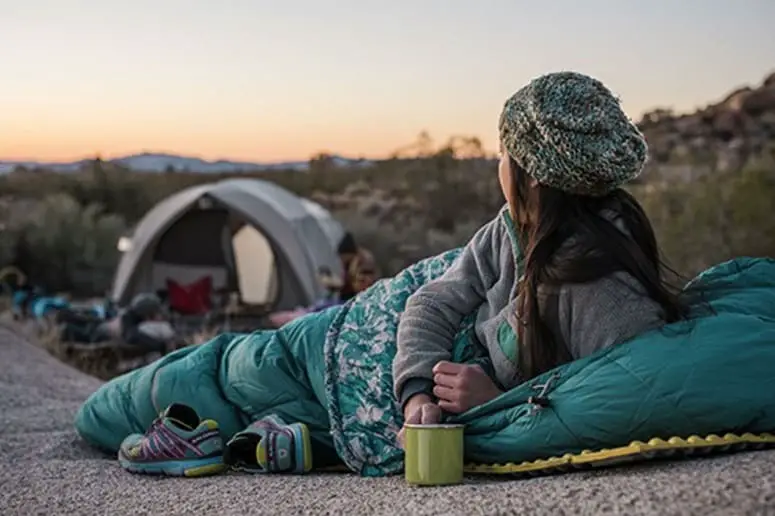
Eco-friendly camping materials prevent an environmental impact before you even set foot onto the campsite.
If you can find tents, sleeping bags and additional necessities that are made with green-friendly materials, you can assure that when they eventually hit a landfill in the future, they’re going to decompose instead of adding more to the global impact.
You can also use environmentally friendly materials to start a campfire, if you’re in an area that doesn’t require you to purchase firewood. Any way that you can think of being environmentally friendly is good, so long as you follow through with it.
Do an Equipment Check on Your Gear
Check all of your bags, backpacks, and everything you own to ensure there are no tears or missing components of your gear.
Leaving behind scraps of manmade materials can cause an animal to choke, litter the campsite, and leave a site disturbed. If you had to take anything apart to clean it or repair something, check that all small pieces are accounted for.
This form of eco-friendly camping doesn’t sound like much. What’s a scrap of a tent patch going to do? It’s going to leave your scent on it, which will cause animals to stay away from the area.
That’s disturbing nature, and the goal is to leave with aas little of an impact as possible, so that the wildlife can still enjoy that part of the forest after you’ve left.
Some Closing Tips
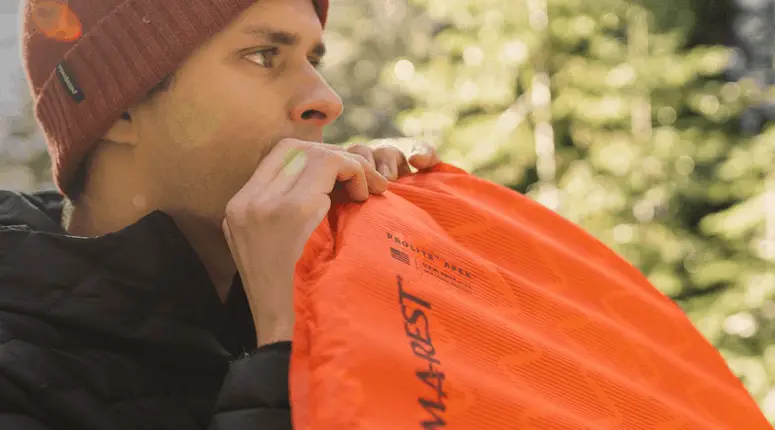
- Bury Waste: There are right and wrong ways to bury human waste. If you’re doing dispersed camping and there’s no nearby restroom, you need to be careful with how you take care of waste. Bury it away from the campsite and as deep down as possible. If you don’t, you’re going to leave a “mark” on the campsite that will prevent animals from traveling to or near it.
- Smaller Campsites: If you don’t need the extra space, don’t take it. Even for larger parties, making a smaller campsite minimizes the amount of disturbance to wildlife. This also means there’s less to clean up in the end, which mitigates how long it takes to store the campsite.
- Stick to Common Hiking Trails: In the spirit of leaving as little a mark as possible, stick to known or common hiking trails, and avoid trekking into the woods where animals might be. Those common hiking trails usually don’t attract much wildlife, so if you carev new pathways through the forest, you could be scaring off animals life from that area.
- Disregard Accelerants: Avoid using accelerants on your campfire. Even if it’s late and you’re trying to get it going, that sends a chemical odor into the air that could damage plantlife, and scare off wildlife. Accelerants can soak into the ground, leaving patches of dead soil that make it nearly impossible for new plant life to root in.
- Admire, Don’t Disturb: Fancy yourself a birdwatcher? There’s nothing wrong with that, just don’t get too close to, or disturb bird nests. That goes for all wildlife. If you spot anything travelling in the woods, keep your distance. This is good for your own safety, as well as keeping normal wildlife living zones undisturbed.
- Second Opinion: If you’re not going solo, have the other party member(s) check the campsite when you’re leaving to ensure you didn’t forget anything. Two sets of eyes are always better than one. When you spend one to three hours packing up gear appropriately, it’s not uncommon for some things to fall by the wayside. Do a quick little check after everything is packed so you can be doubly certain.
No-Trace Camping and the Gear That Gets it Done
Avoid fines, preserve nature, and be a more responsible camper with this information.
If you’re a bit light on gear or the know-how to get this done, we have tons of guides on the best tents, how-to’s and tips to keep you fully informed at all times.
Even if you think you’ve got it all figured out, take the time to peer through and ensure that there are no lapses in your campsite knowledge, and walk away leaving it in the exact condition you found it.


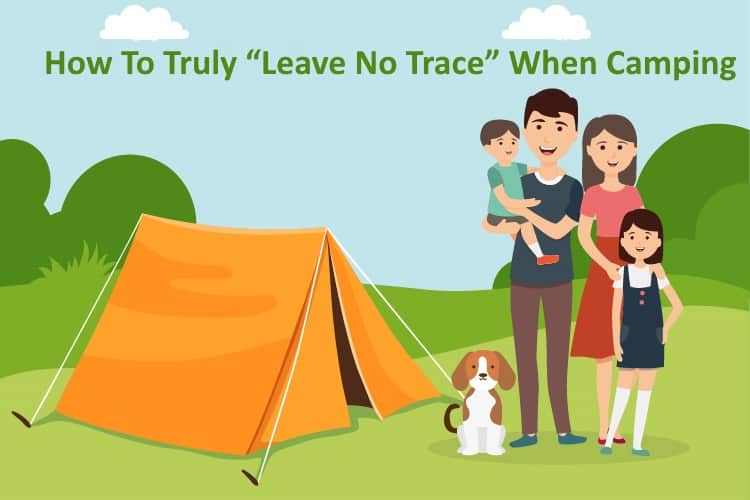

![9 Final Thoughts And Items For Your First Camper Adventure [Checklist] 9 RV Camping Checklist](https://kempoo.com/wp-content/uploads/2018/11/first-camper-adventure.jpg)
